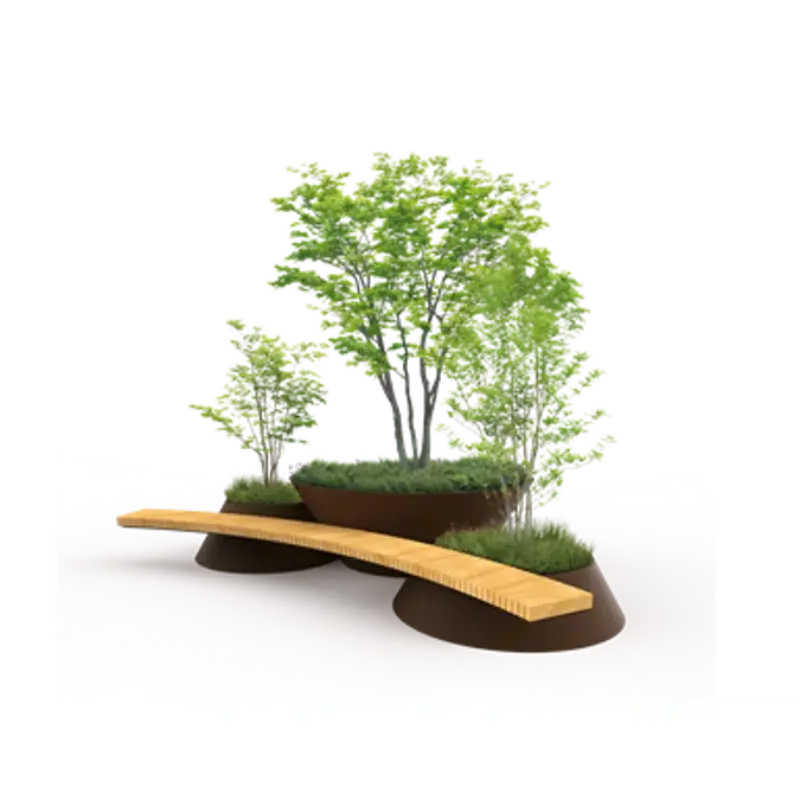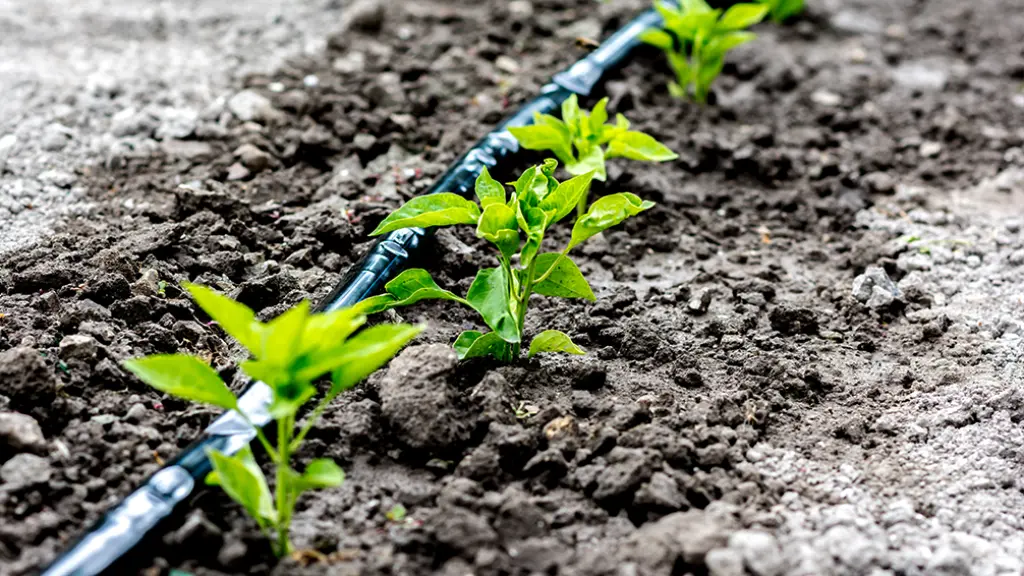Urban gardening has become an increasingly popular way for city dwellers to bring a bit of nature into their lives. Whether you’re looking to grow your own food, beautify your living space, or just find a new hobby, an urban garden can be a perfect solution. This comprehensive guide will walk you through the process of building and maintaining an urban garden, with detailed steps and expert tips to help you succeed.
Introduction to Urban Gardening

Urban gardening is the practice of cultivating plants in an urban environment. This can be done in small spaces such as balconies, rooftops, or even indoors. The benefits of urban gardening are numerous:
- Fresh Produce: Grow your own vegetables, fruits, and herbs.
- Aesthetic Appeal: Beautify your living space with greenery.
- Mental Health: Gardening can be a therapeutic and stress-relieving activity.
- Environmental Impact: Contribute to urban biodiversity and reduce your carbon footprint.
Planning Your Urban Garden

Planning is crucial for the success of your urban garden. Here are the key steps to follow:
Define Your Goals
- What do you want to grow? Vegetables, herbs, flowers, or a combination?
- What is the purpose of your garden? Aesthetic, food production, or leisure?
Assess Your Space
- Measure the available space.
- Check for sunlight exposure: Most plants require at least 6 hours of sunlight daily.
- Evaluate accessibility for watering and maintenance.
Create a Garden Layout
- Sketch a layout of your garden.
- Plan for different zones (e.g., vegetable patch, herb garden, flower beds).
- Consider vertical gardening solutions like trellises and hanging planters to maximize space.
Choosing the Right Plants

Selecting the right plants for your urban garden is essential for success. Consider the following factors:
Climate and Microclimate
- Choose plants that thrive in your local climate.
- Take into account the microclimate of your garden space (e.g., rooftop gardens may be windier and hotter).
Space Constraints
- Opt for compact varieties of plants.
- Use containers and raised beds to manage space effectively.
Plant Varieties
- Vegetables: Tomatoes, peppers, lettuce, spinach, and radishes are great for beginners.
- Herbs: Basil, mint, rosemary, thyme, and parsley are easy to grow.
- Flowers: Marigolds, pansies, and California poppies add color and attract pollinators.
Preparing Your Garden Space

Proper preparation of your garden space is key to a healthy garden. Follow these steps:
Cleaning and Clearing
- Remove any debris and weeds.
- Clean the area thoroughly to prevent pest infestations.
Soil Preparation
- Test the soil for pH levels and nutrient content.
- Amend the soil with organic matter like compost to improve fertility.
Setting Up Containers and Beds
- Choose containers with good drainage.
- Fill raised beds and containers with a high-quality potting mix.
Planting Techniques
Planting techniques can vary depending on the type of plants and the space you have. Here are some general tips:

Sowing Seeds
- Follow the seed packet instructions for depth and spacing.
- Keep the soil moist until seeds germinate.
Transplanting Seedlings
- Harden off seedlings by gradually exposing them to outdoor conditions.
- Transplant them into the garden, ensuring the root ball is covered.
Vertical Gardening
- Use trellises, stakes, and hanging baskets to utilize vertical space.
- Train climbing plants like beans and peas to grow vertically.
Watering and Irrigation

Proper watering is crucial for plant health. Here’s how to manage it effectively:
Watering Techniques
- Deep watering: Water deeply to encourage root growth.
- Avoid overwatering: Check soil moisture before watering.
Irrigation Systems
- Drip irrigation: Efficiently delivers water directly to the roots.
- Self-watering containers: Reduce the frequency of watering.
Soil and Fertilization
Healthy soil is the foundation of a successful garden. Follow these guidelines:
Soil Types
- Loamy soil: Ideal for most plants.
- Sandy soil: Drains well but may need more frequent watering.
- Clay soil: Retains moisture but can be heavy and compacted.
Fertilization
- Use organic fertilizers like compost and manure.
- Apply fertilizers according to the specific needs of your plants.
Pest and Disease Management

Pests and diseases can quickly ruin your garden. Here’s how to manage them:
Common Pests
- Aphids: Control with neem oil or insecticidal soap.
- Slugs and snails: Use barriers or traps.
- Spider mites: Increase humidity and use miticides.
Disease Prevention
- Rotate crops to prevent soil-borne diseases.
- Maintain good airflow to reduce fungal infections.
- Use disease-resistant plant varieties.
Seasonal Care Guide
Gardening tasks vary with the seasons. Here’s a handy seasonal guide to help you manage your urban garden throughout the year:
Spring
- Planting: Start seeds indoors, transplant seedlings, plant cool-weather crops.
- Maintenance: Mulch garden beds, clean up winter debris.
Summer
- Watering: Increase watering frequency, especially in hot weather.
- Pest Control: Monitor for pests, apply organic treatments as needed.
- Harvesting: Regularly harvest vegetables and herbs.
Fall
- Planting: Sow cover crops, plant fall vegetables.
- Maintenance: Compost dead plants, prepare beds for winter.
Winter
- Protection: Cover plants with frost cloths, move containers indoors.
- Planning: Plan for the next growing season, order seeds.
Example Seasonal Care Guide
Here’s a seasonal guide to help you manage your California poppy care throughout the year:
| Jan | Feb | Mar | Apr | May | Jun | Jul | Aug | Sep | Oct | Nov | Dec | |
|---|---|---|---|---|---|---|---|---|---|---|---|---|
| Planting | yes | yes | yes | yes | ||||||||
| Flowers | yes | yes | yes | yes | yes | |||||||
| Pruning | yes | yes |
Harvesting and Pruning

Knowing when and how to harvest and prune your plants is essential for maintaining their health and productivity.
Harvesting
- Vegetables: Harvest when they reach their mature size but are still tender.
- Herbs: Pick leaves regularly to encourage new growth.
- Flowers: Cut blooms early in the morning for the longest vase life.
Pruning
- Remove dead or diseased parts: Prevents the spread of disease.
- Shape plants: Encourage bushier growth by pinching back tips.
- Regular pruning: Keeps plants manageable and productive.
Sustainable Practices
Sustainability is an important aspect of urban gardening. Implement these practices to make your garden more eco-friendly:
Composting
- Compost kitchen scraps and garden waste to create nutrient-rich soil.
- Use a compost bin to manage waste and reduce landfill contributions.
Water Conservation
- Use rain barrels to collect and store rainwater.
- Implement drip irrigation to reduce water waste.
Organic Practices
- Avoid synthetic fertilizers and pesticides.
- Use companion planting to naturally deter pests and improve soil health.
Common Urban Gardening Mistakes and How to Avoid Them
Even experienced gardeners can make mistakes. Here are some common pitfalls and how to avoid them:
Overwatering
- Too much water can lead to root rot and other issues.
- Check soil moisture before watering and use well-draining soil.
Poor Soil Quality
- Inadequate soil can stunt plant growth.
- Regularly amend soil with compost and organic matter.
Ignoring Light Requirements
- Placing plants in the wrong location can affect their growth.
- Ensure plants get the appropriate amount of sunlight for their species.
Overcrowding Plants
- Crowded plants compete for nutrients and light.
- Follow recommended spacing guidelines for each plant.

Building and maintaining an urban garden can be a rewarding experience, providing fresh produce, aesthetic pleasure, and a connection to nature. By following the steps outlined in this guide, you’ll be well on your way to creating a thriving urban garden. Remember to plan carefully, choose the right plants, and maintain your garden with regular care and sustainable practices. Happy gardening!
Feel free to reach out with any questions or share your urban gardening experiences in the comments below. Your urban oasis awaits!



